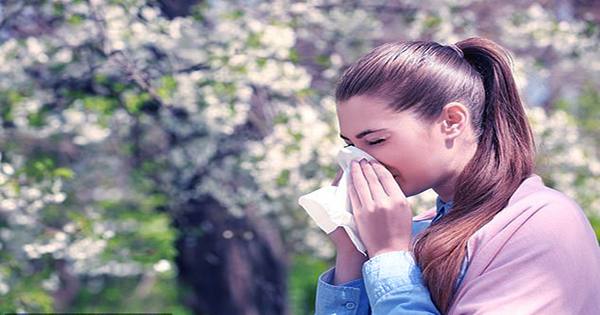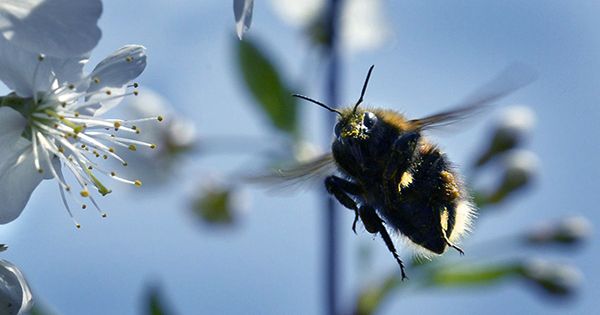If you have ever thought that what customers on the planet are doing is over the nose, you are doing exactly what you did not expect. Pollen seasons are prolonged, and warmer temperatures are responsible. Therefore, if you cannot stop sneezing every spring and damage your eyes, you cannot just blame your own Neanderthal offspring or the lack of a protective cell, but it can burn fossil fuels. The bad news is, the future looks bleak.
Many allergy sufferers have an idea that things are getting worse, but the defect can increase from a varied mix of local neighborhood plants to sensitivity with age. However, Dr William Anderegg at the University of Utah thought the game could be more expansive. He investigated the changes in pollen abundance over the past three decades and strongly blamed global warming.
“Usually in the greenhouse settings of small plants – a number of small studies have indicated a strong link between temperature and pollen,” Anderegg said in a statement. “This study reveals that connection between the continental scales.”

Fortunately, for our knowledge of the subject, the National Allergy Bureau maintains pollen-counting centers across the United States, which also tracks the amount of mold in the air. By connecting these to a few additional stations in Canada, Anderegg created a record of North American allergens between 1990 and 2018 and compared it with climate monitoring over the same period. Pollination has increased by an average of 21 percent over the period of the Andrews report in the proceedings of the National Academy of Sciences. The connection to temperature emphasized through the pollen season now starting 20 days before spring, ending ten days earlier with partial compensation. The trend of a band across the Midwest from Texas is much stronger.
Anderegg and co-authors have examined whether climate change is actually behind the increased pollen abundance, or coincidentally working on the same national timeline. They found that the pollen had grown the most where the temperature was rising rapidly, about half of the extra high pollen days. On the other hand, only small fractions of the excess annual pollen abundance are drive by rising temperatures.
If you think this means a small contributor to carbon emissions in the atmosphere, you may want to think again. The actual greenhouses mentioned to show pollen production also related to the carbon dioxide levels that surround Anderegg studies. In addition to the effects of indirect temperatures, changes in the atmosphere are likely directly increasing pollen production, although this cannot be statistically tested using Andereg’s data.
In addition to their effect on the quality of life of the infected, allergies can affect the health of the respiratory tract and can both affect the health of the respiratory tract and spread the infection by increasing the viral infection and reducing the chances of early onset. “Climate change is not far off and something of the future. We are already taking in every spring’s breath and exacerbating human misery,” Anderegg said.














